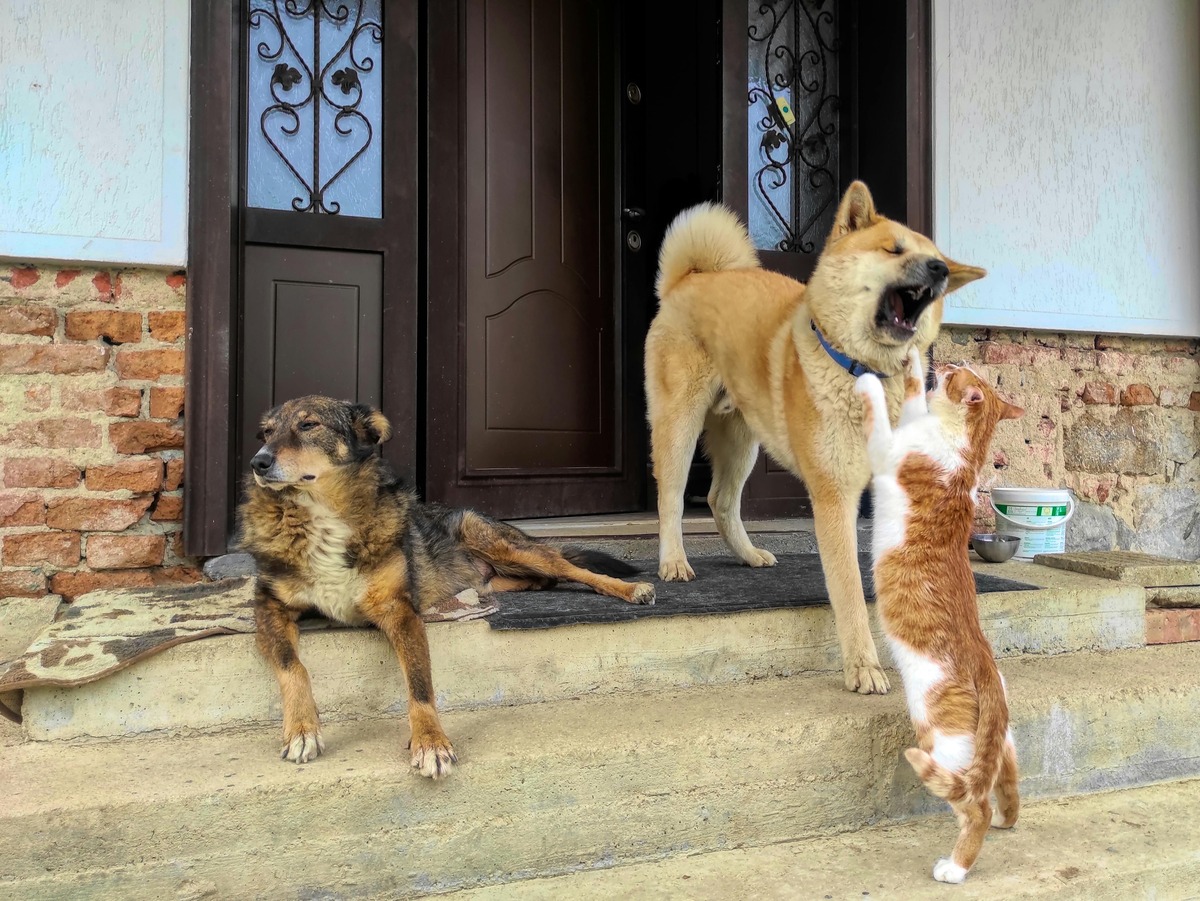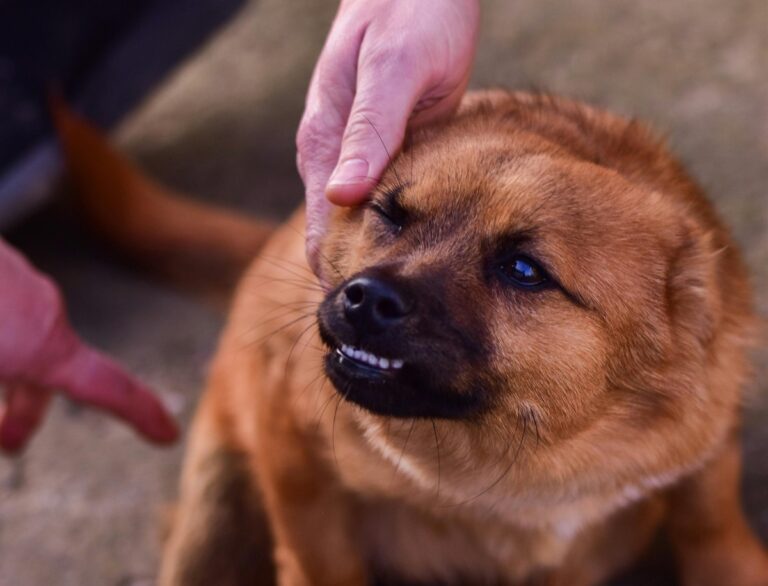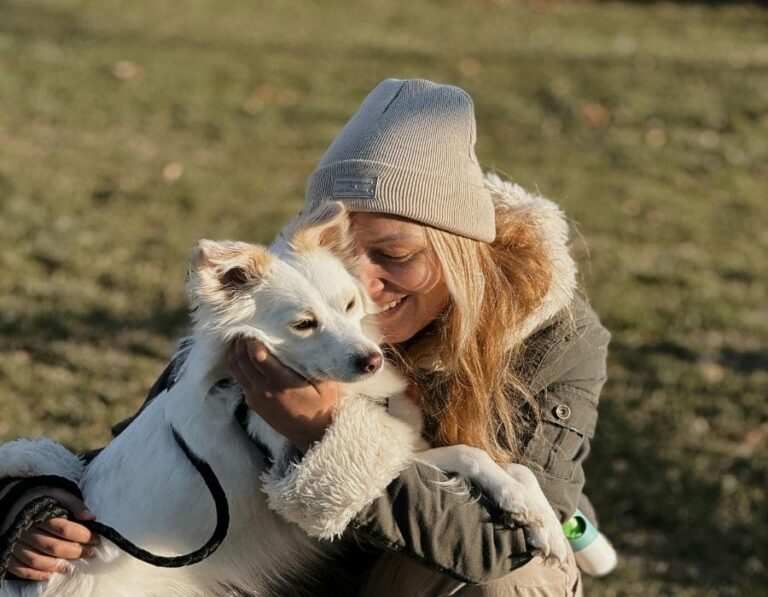11 Subtle Signs Your Dog Could Turn Dangerous
The rising frequency of severe dog attacks has forced a sobering reassessment of canine behavioral warning signs. While the vast majority of dogs remain gentle companions, the ability to recognize early indicators of potential aggression can mean the difference between prevention and tragedy. Behavioral science reveals distinct patterns that often precede serious incidents.
1. Resource Guarding Gone Wrong
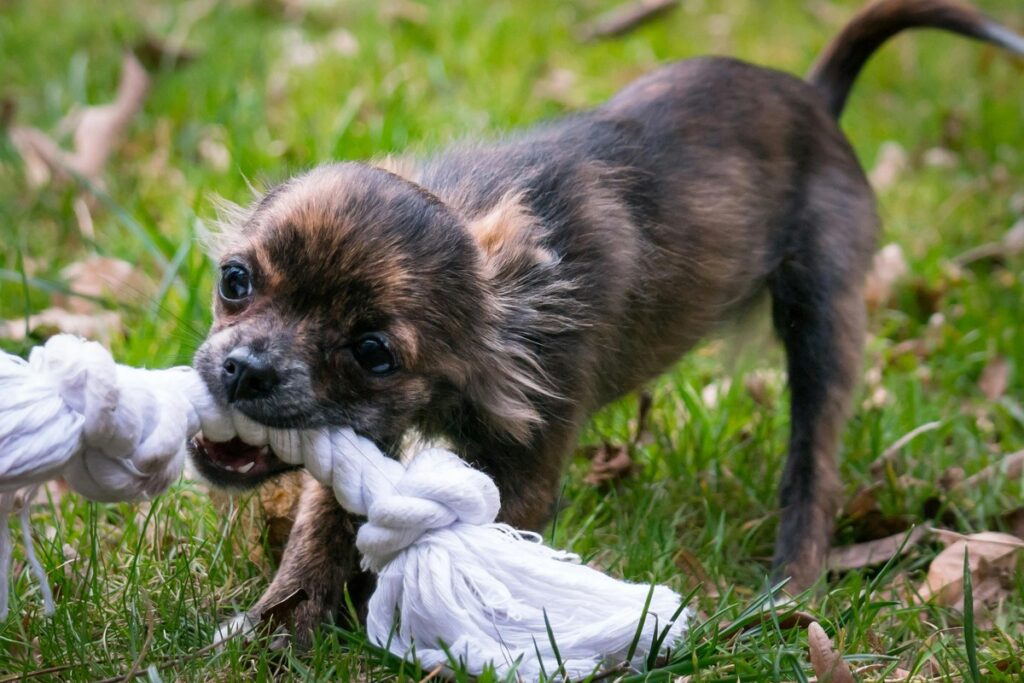
The progression starts subtly. A slight stiffening around the food bowl. A low growl when approaching a favorite toy. Then suddenly, it’s not just about food anymore—the dog guards random spots on the couch or worthless objects like empty wrappers. Behavioral data shows roughly one in five bite incidents stem from resource guarding. The real danger emerges when dogs expand their definition of “resources” to include things no one could have predicted.
2. The Dead-Eye Stare

There’s normal eye contact, and then there’s that unnerving, fixed stare that makes the hair stand up on the back of your neck. Hard, prolonged eye contact combined with facial tension and stillness represents one of the most reliable pre-aggression indicators. Some dogs perfect the art of the intimidation stare, holding eye contact well past the point of social acceptability.
3. Territorial Tipping Points
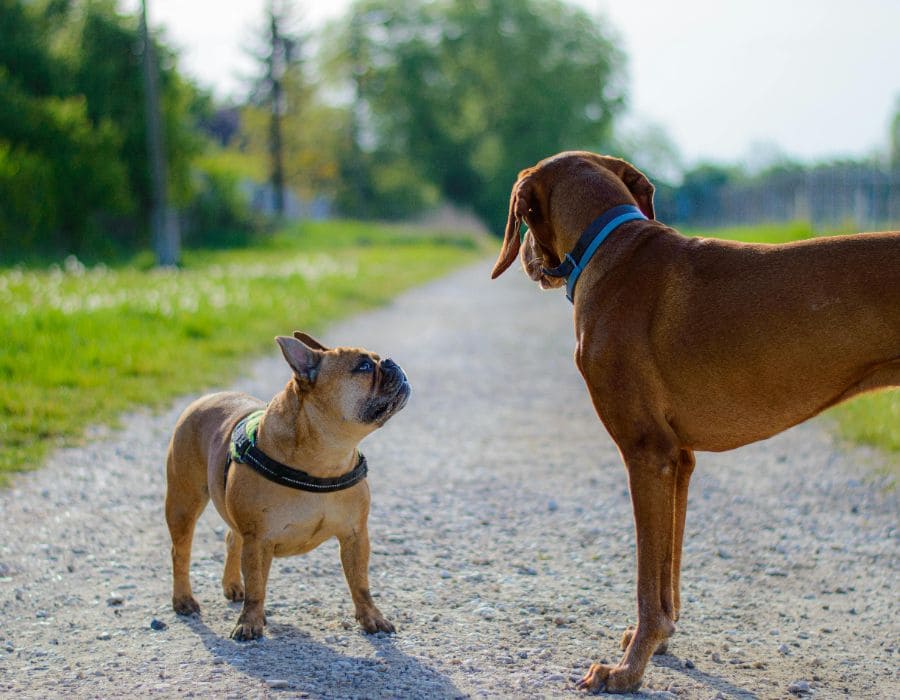
Dogs with escalating territorial behavior transform previously normal spaces into defensive zones. Window rushing turns into frenzied barking. Casual visitors become perceived intruders. The truly concerning part? Without intervention, that territory keeps expanding—first the yard, then the whole block becomes their perceived domain to defend.
4. Silent Signals

The subtle stuff matters most. Whale eye. Hackles up. Muscle tension that starts at the mouth and radiates through the body. No single signal tells the whole story—it’s the constellation of small changes that paints the picture. Most people miss these quiet warnings until they become loud problems.
5. The Social Shutdown

Some dogs don’t explode—they implode. The once-social animal starts refusing attention. Retreats to quiet corners. Avoids interaction. This withdrawal often precedes anxiety-based aggression, building pressure that eventually finds release through defensive reactions. The progression from social to antisocial rarely reverses without intervention.
6. Command Compliance Breakdown

When previously reliable dogs start selectively ignoring commands, especially in specific contexts or around certain people, something’s shifting in their behavioral framework. This isn’t simple disobedience—it’s often a power dynamic in flux. The erosion of command response frequently signals deeper confidence or anxiety issues taking root.
7. Mounting Issues

While occasional mounting behavior falls within normal canine expression, sudden increases in frequency or intensity raise red flags. Particularly concerning: mounting directed at people or mounting that continues despite correction. This often indicates an underlying confidence imbalance that requires professional assessment.
8. Sleep Startle Syndrome

Some dogs react explosively when disturbed during rest—a tendency that can worsen over time. What starts as grumbling can escalate to serious aggressive responses. Genetics play a role, but environmental factors like chronic stress or inadequate rest areas can amplify the issue dramatically.
9. Barrier Frustration

The progression typically starts with basic leash reactivity. Then suddenly gates become triggers. Fences become friction points. The frustration of being restrained builds until it spills over into generalized aggressive responses. Handlers often become unintended targets when the dog redirects this pent-up energy.
10. Bite Inhibition Breakdown

When a dog that previously displayed excellent bite control during play starts applying more pressure, something’s changed. Increased force during mouthing activities, failure to respond to pain feedback, harder nips during handling—these changes demand immediate professional evaluation.
11. Environmental Trigger Escalation
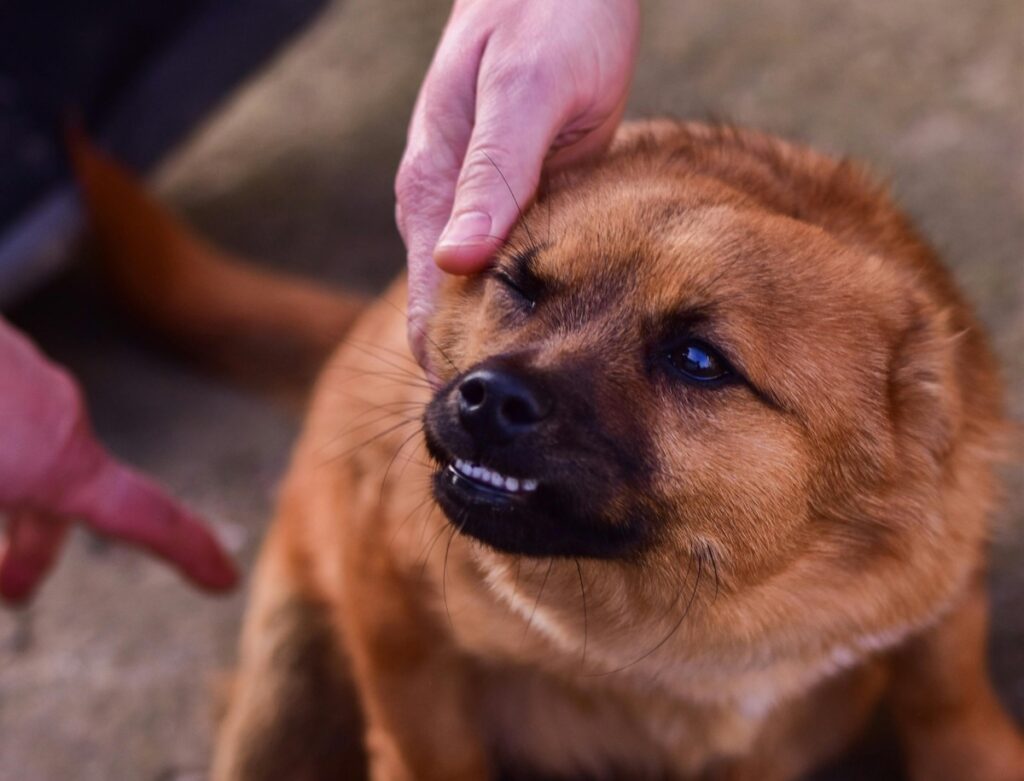
Some dogs develop progressive sensitivity to environmental stimuli. Normal sounds become threats. Routine movements trigger defensive responses. Objects that never mattered before suddenly provoke aggressive displays. Without intervention, these sensitivities typically compound over time, creating an increasingly reactive animal.
The science is clear: most aggressive incidents don’t materialize without warning. The signs exist—subtle at first, then increasingly obvious. Professional intervention at the first cluster of warning signs often prevents serious incidents. Regular behavioral assessment combined with prompt response to concerning changes remains the most effective prevention strategy. The goal isn’t to label dogs as aggressive but to recognize and address concerning patterns before they escalate into dangerous situations.

